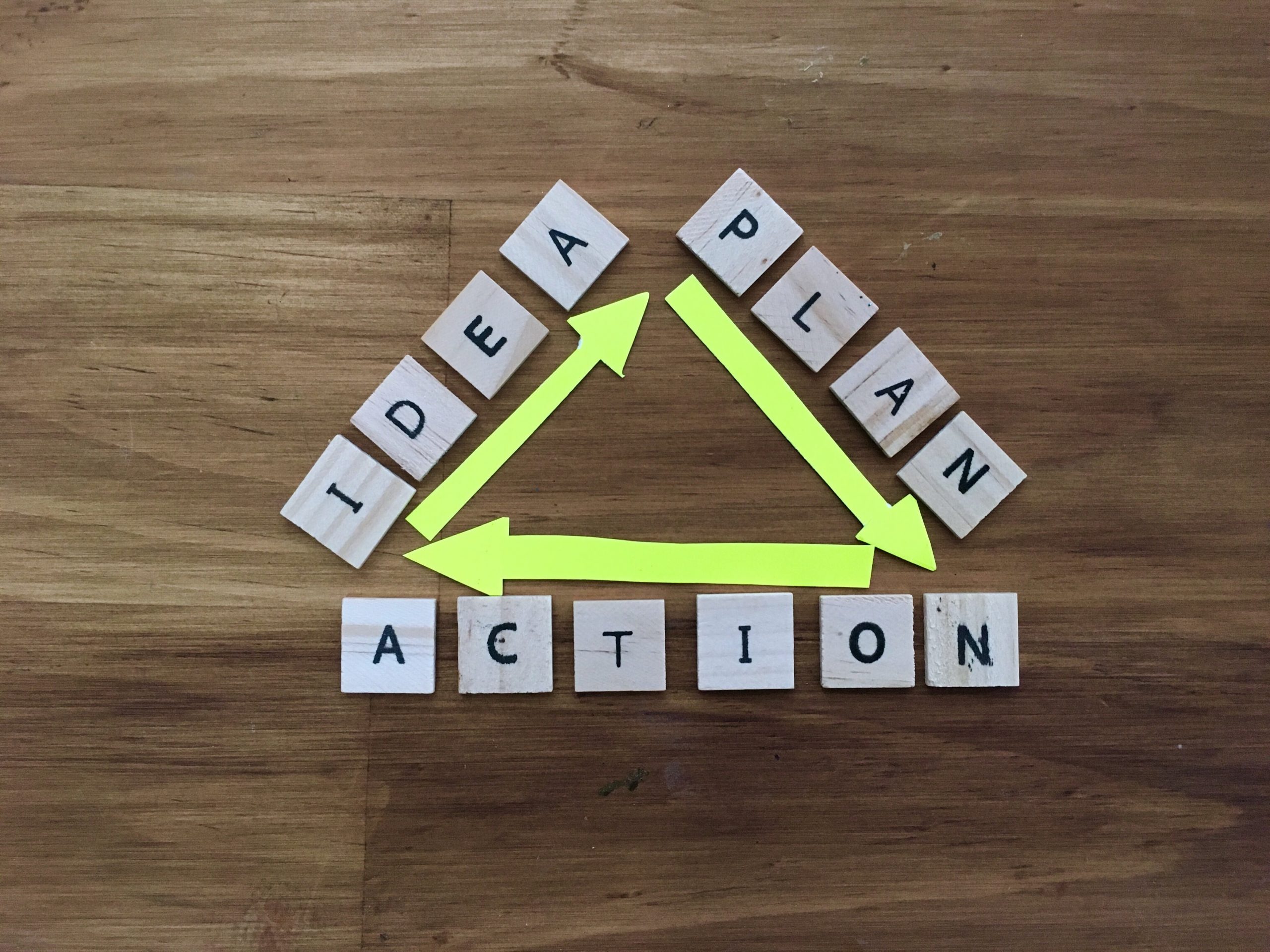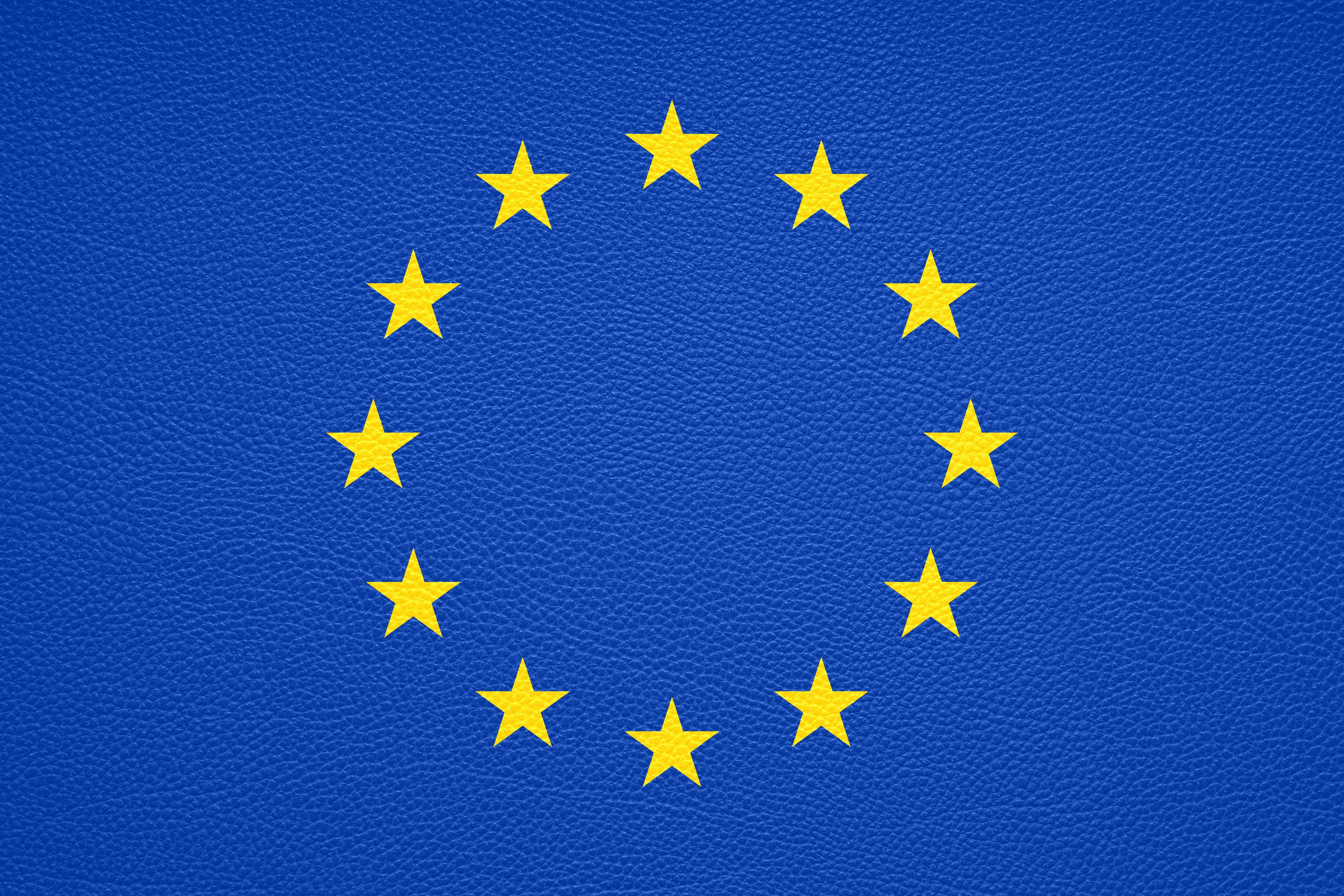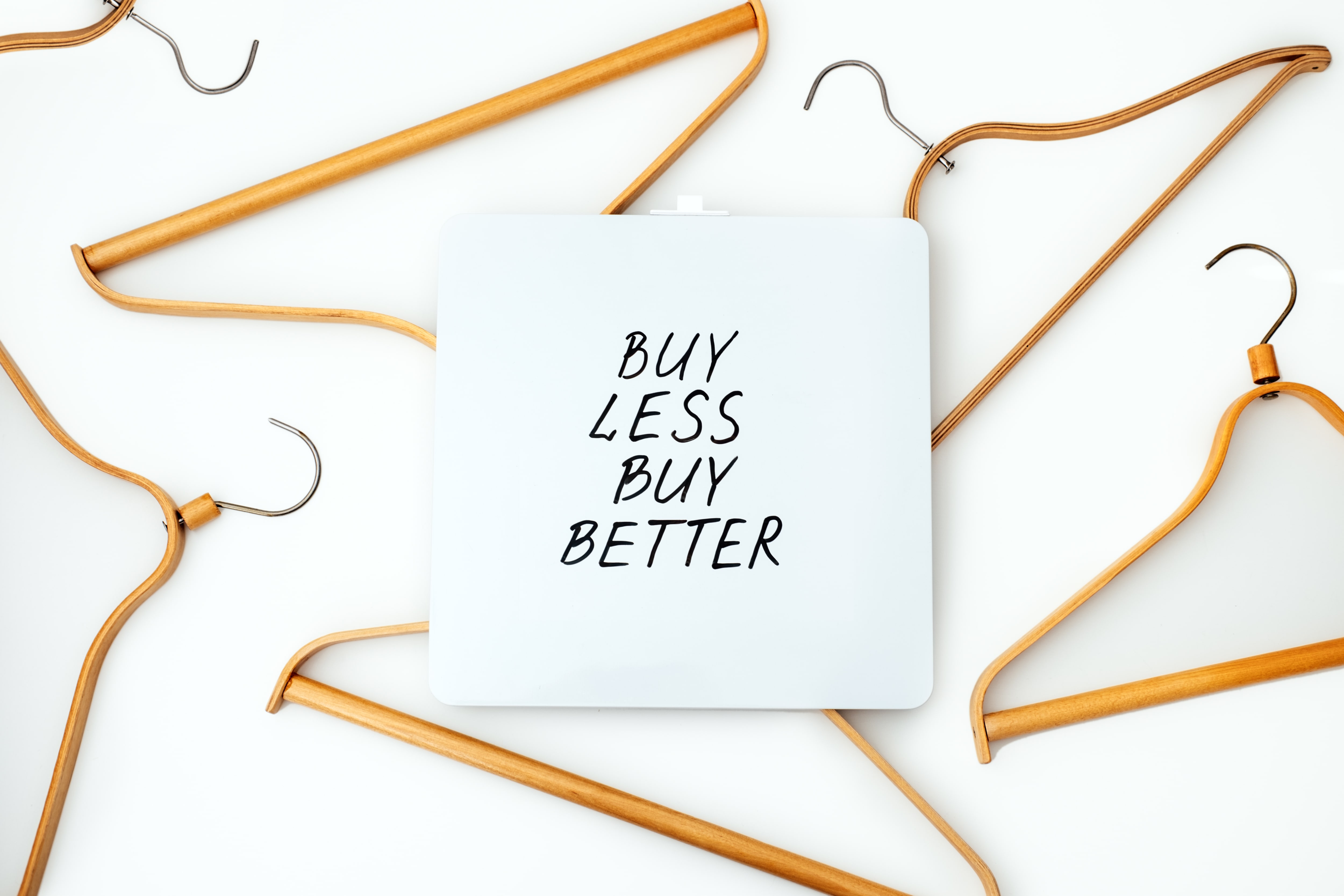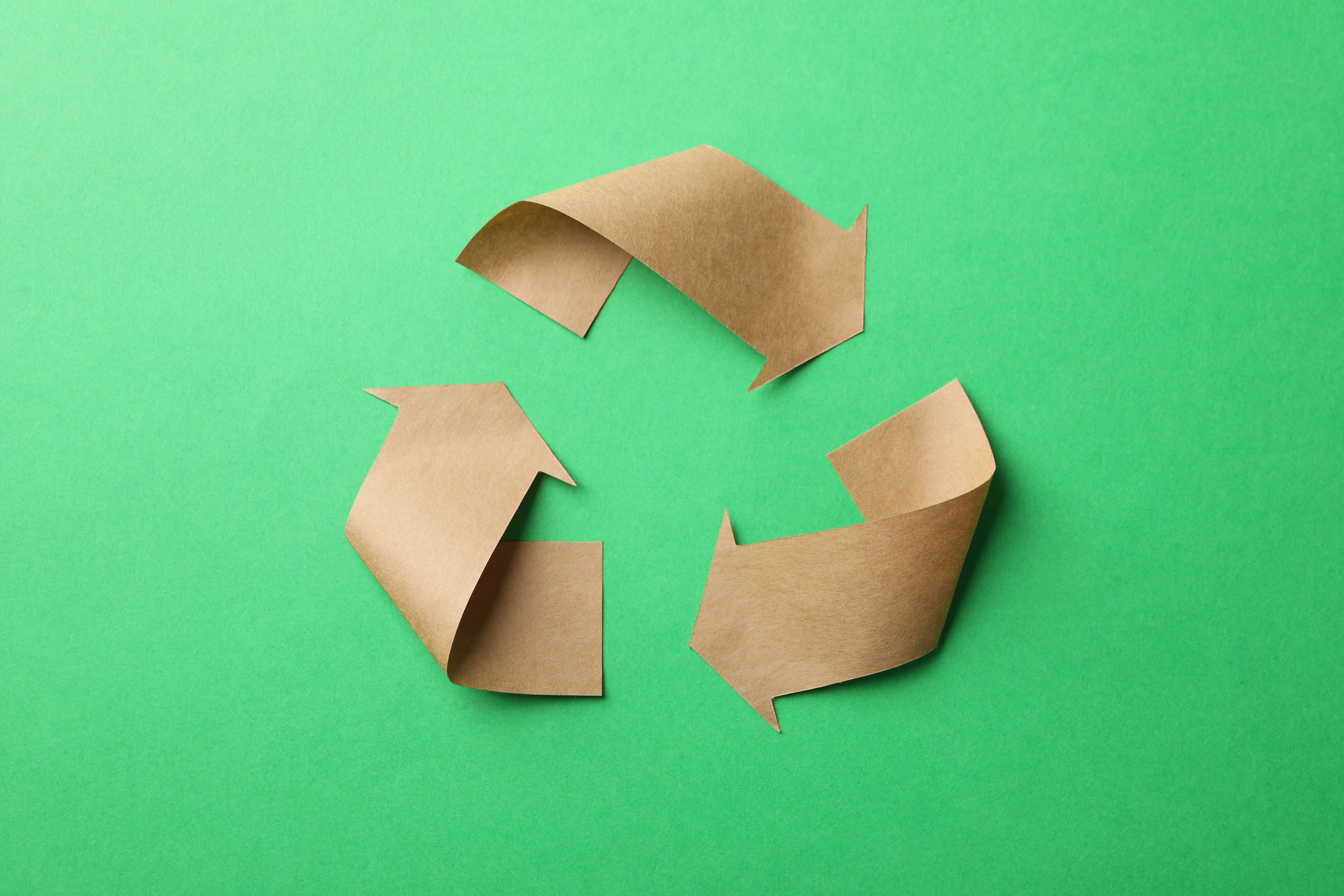Waste & material traceability solution for sustainable facilities

Recently, we have been grappling with the crises that have reshaped the economic and social order. No, it’s not just the Covid-19 pandemic! Climate, resource, and energy crises caused us to change our way of thinking about the economy and the Earth. Thus, we began to seek different solutions and initiate radical changes to apply the circular economy model globally. The Green Deals in the US and Europe set a new era’s manifesto. But even before, there was the Circular Economy Action Plan.
Now we have circular economy and sustainability strategies in every field! According to LinkedIn’s Green Skills Report, the share of green skills in the global workforce was 9.6% in 2015, while it increased to 13.3% in 2021. Experts call this new period the Great Reshuffle and stress that it is just a beginning for circular economy business models! One of the most important sign of this is the new Circular Economy Action Plan (CEAP) of The European Union (The EU). So, why was a change needed, and what did new CEAP bring? Let’s find out!

While European Green Deal presented the general principles, The EU Circular Economy Action Plan is a policy paper with green strategies and to-do lists for different areas to achieve the EU’s 2050 targets:
The circular economy is the perfect tool for achieving these goals by focusing on the life cycle, recycling, and reusing products. Therefore, the European Commission and The EU prepared the first action plan in December 2015 and answered the following question: How to create a circular economy. This plan introduces the benefits of circular economy to the world by connecting other green strategies like the chemicals strategy and the zero pollution action plan.
With the accelerated climate crisis prevention efforts, preparations for the new circular economy action plan started in 2020. Finally, on March 30, 2022, the EU finalized the new plan.

The old plan was the first step for circular economy consulting and guiding at a global level. Circumstances have changed with the pandemic and the growing resource, climate, and energy crises. So, the EU changed the plan to make circular economy business models and sustainable products a norm in Europe. They launch their aims: “Making the EU a more resource-efficient, climate-neutral, and pollution-free circular economy calls for more sustainable products.” In this regard, European Commission adopted measures proposed in the circular economy action plan in 30th March 2022:
These changes will make the circular economy a norm and seem to have partially completed the criticisms against the EU. There were complaints that the EU triggered competition rather than cooperation without allocating sufficient budget and efficient legal arrangements. The new CEAP seems to have overcome some criticism arrows. Other developments expected in 2022 are as follows:
The EU is preparing to take rigorous steps, especially on plastic pollution and greenwashing. Still, the way it handles the circular economy stands. The main criticisms of the old plan were:
Thus, critics will not be satisfied with this new plan. Also, how much of an impact does an EU-focused change have on the global? These questions are still seeking answers.

Despite criticisms to the EU, the circular economy is our future to save the planet. Evreka Crew becomes a part of the struggle for a better future and the heated discussions to make these steps more effective. Evreka is aware of the seriousness of its business area. This is no simple task, a piece of saving the planet with the circular economy and Industry 4.0!
Sustainable waste management solutions are the basis of the circular and greener economy. So, Evreka is ready to be a part of the solution with the sustainable cloud technology and IoT algorithms. EvrekaCrew develops all software and hardware products in line with this vision for operational excellence and agile optimization.
If you want to be a part of Evreka’s dream for a better world, request a demo today!